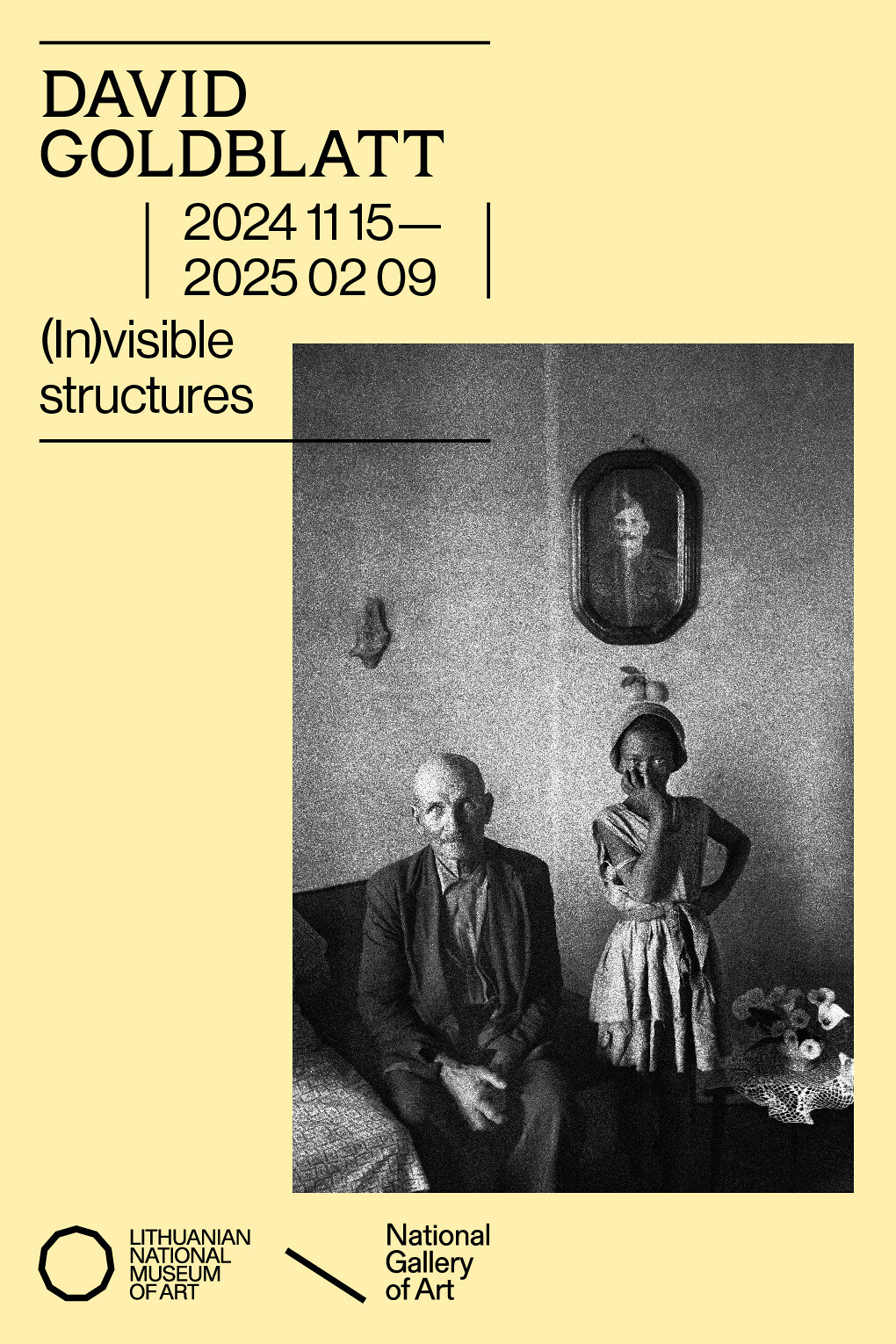Jonas Dahlberg
Invisible Cities
17 December 2005 - 18 February 2006
Frac Bourgogne
49 rue de Longvic
F-21000 Dijon France
tel. 33 [0]3 80 67 18 18
infos [at] frac-bourgogne.org
www.frac-bourgogne.org
Curator : Eva González Sancho
Opening on Sat 16 Dec, 6 pm
Monday to Saturday from 2-6 pm A guided tour will be given on Sat January 21 at 3 pm at the FRAC
The Swedish artist Jonas Dahlberg has been invited by the FRAC Bourgogne (Burgundy Regional Contemporary Art Collection) to present a new stage in his project, Invisible Cities, which he embarked upon in 2004. With a film, a projection of images, posters, and the publication of a book, the artist invites us to take a look at these cities with a population of less than 100,000, where 10% of the world’s population still lives today, but which have no truly specific character–on the whole they are invisible cities.
In 2003 the FRAC Bourgogne acquired one of Jonas Dahlberg’s major works (he was born in 1960), titled One Way Street (2002), which shares many points in common with this show. The construction of urban landscapes–cityscapes–, an interest in spaces nowadays inhabited by a not inconsiderable proportion of the population, and architecture as a sign of these life-styles, all are broached in both instances. What is more, the two projects were both shown in Jonas Dahlberg’s recent show at the Moderna Museet in Stockholm.
This exhibition at Dijon is the new version of a development ushered in in 2004. John Dahlberg actually produced Invisible Cities for the first time back then, at the San Paulo Biennale, where he represented Sweden. As in all his exhibitions he has devised for the FRAC Bourgogne at Dijon a precise architectural space, into which visitors are encouraged to venture to discover the installation. This combines Location Studies, a projection of static views, and the film Invisible Cities. The photographs show views of invisible cities, where all the signs and signals, as well as all the windows, have been done away with. The film walks viewers into the city space itself, giving them the impression of being at once observer and observed.
The artist chose this title as a linkage with the book by Italo Calvino and, just like the author, he is keen to construct his work like an architecture, like a “space which the reader can enter and explore, in which he can even get lost, but possibly also find the way out too.” Here it is the spectator’s eye and the way it sees which inform the space, because there are no inhabitants present, and the city is given over in all its architectural obviousness.
It is worth emphasizing that Jonas Dahlberg studied architecture, and that he finds in the art world the means to pursue his lines of thinking. In this sense, Invisible Cities deals with forgotten cities, cities “between”, forgotten by politicians, newspapers and architects themselves. The way the artist’s eye sees aims at underscoring what is alike in all these spaces, and spectators have the impression of moving about in a single place, whereas the artist travelled six months from city to city. As he himself hails from one such city, he casts a critical eye thereupon, but an eye imbued with a certain affection. Through its content and its spatial positioning, the Invisible Cities project thus wavers between politics and poetics.
The wall in the entrance to the show is covered with the names of the invisible cities identified as such in the world, as if highlighting them, like a geography in reverse. The book includes a text which tries to analyse this concept of “invisibility”, which shows how these cities sidestep all manner of criterion, because they are quality-less, and without any particular features. But what this work also tells us is what we belong to–France being the country with the largest number of communes. It also emphasizes the lapse which can loom up out of the nature of the viewpoint, and of the scale at which we look at the world, because invisibility does not apply to these inhabitants themselves. This scale is very clearly planetary here, in the unavoidable age of globalization. The familiarity is indeed striking.
It is this banal strangeness, and this strange banality, which we are offered by Jonas Dahlberg, inviting us to cast our gaze for a while on a usually invisible reality.
Text: Claire Legrand, manager of the visitors’ department
Translated by Simon Pleasance
On occasion of the show, a book will be published, Invisible Cities.
This exhibition was made possible through the support of the Minister of Culture (DRAC: Regional Direction of Cultural Affairs of Burgundy) and the Regional Council of Burgundy.


